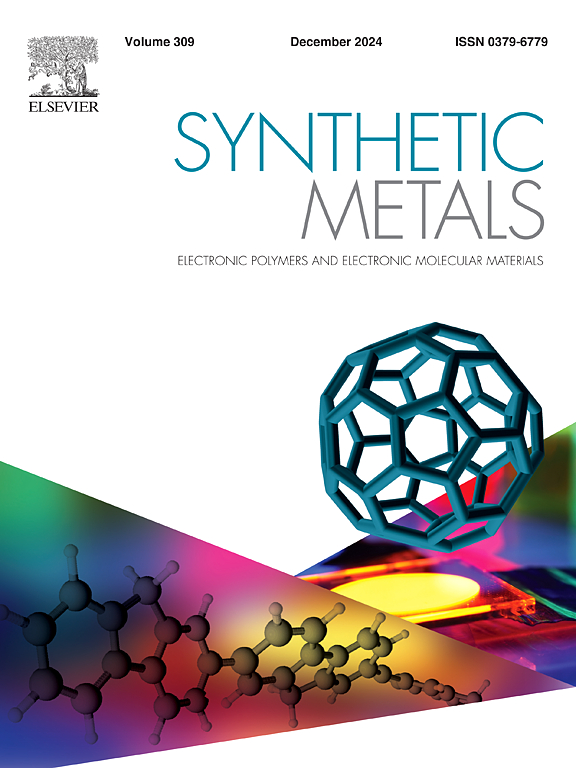低聚苯胺是聚苯胺链生长、螺旋度和整体形态的关键调节剂
IF 4
3区 材料科学
Q2 MATERIALS SCIENCE, MULTIDISCIPLINARY
引用次数: 0
摘要
聚苯胺(PANI)因其合成方法简单、成本效益高、重量轻、对环境无害等特点,已成为备受关注的导电聚合物。此外,聚苯胺还具有许多吸引人的特性,如高导电性、不同氧化态的可用性、使用简单的酸碱化学进行掺杂等。人们发现,纳米结构的 PANI 作为单一材料或复合材料的成分,具有更大的影响力。人们对苯胺氧化聚合的机理进行了深入研究,发现苯胺聚合过程中产生的低聚苯胺的超分子组织决定了最终 PANI 链的命运。因此,通过操纵聚合参数或外部添加低聚物来明智地控制低聚物的结构和数量,可以在很大程度上控制 PANI 链的长度、螺旋度或其形态。据报道,低聚物本身除了可以生成各种用途的潜在聚合物链外,在各种类似应用中也相当有效。许多报告和评论都探讨了 PANI 链的合成和应用以及低聚苯胺的作用。本报告回顾了该领域的最新进展,并进一步强调了低聚苯胺在 PANI 的设计、合成和应用中的关键作用,无论是作为块状材料还是复合成分。本文章由计算机程序翻译,如有差异,请以英文原文为准。
Pivotal role of oligoanilines as regulator of polyaniline chain growth, helicity and overall morphology
Polyaniline (PANI) has received significant attention as conductive polymer owing to its simple and cost effective method of synthesis, light weight, environmentally benign nature etc. Furthermore, it offers many attractive features such as high conductivity, availability in different oxidation states, doping-dedoping using simple acid/base chemistry etc. Nanostructured PANI has been found to be even more impactful as single material or as component in composites. The mechanism behind oxidative polymerization of aniline is well researched and it has been found that supramolecular organization of the oligoanilines produced during aniline polymerization, dictates the fate of the final PANI chains. Thus, by judicious control over the structure as well as number of the oligomers, via manipulation of the polymerization parameters or by externally added oligomers, a significant degree of control over the PANI chain lengths, helicity or their morphology may be exercised. Besides generating potential polymeric chains of various utility, the oligomers themselves have been reported to be pretty effective in various similar applications. There are numerous reports and many reviews which explore the synthesis and applications of PANI chains and the role of oligoanilines. The present report revisits the recent progress in the field and further highlight the key role of the oligoanilines in design, synthesis and applications of PANI either as bulk material or composite component.
求助全文
通过发布文献求助,成功后即可免费获取论文全文。
去求助
来源期刊

Synthetic Metals
工程技术-材料科学:综合
CiteScore
8.30
自引率
4.50%
发文量
189
审稿时长
33 days
期刊介绍:
This journal is an international medium for the rapid publication of original research papers, short communications and subject reviews dealing with research on and applications of electronic polymers and electronic molecular materials including novel carbon architectures. These functional materials have the properties of metals, semiconductors or magnets and are distinguishable from elemental and alloy/binary metals, semiconductors and magnets.
 求助内容:
求助内容: 应助结果提醒方式:
应助结果提醒方式:


